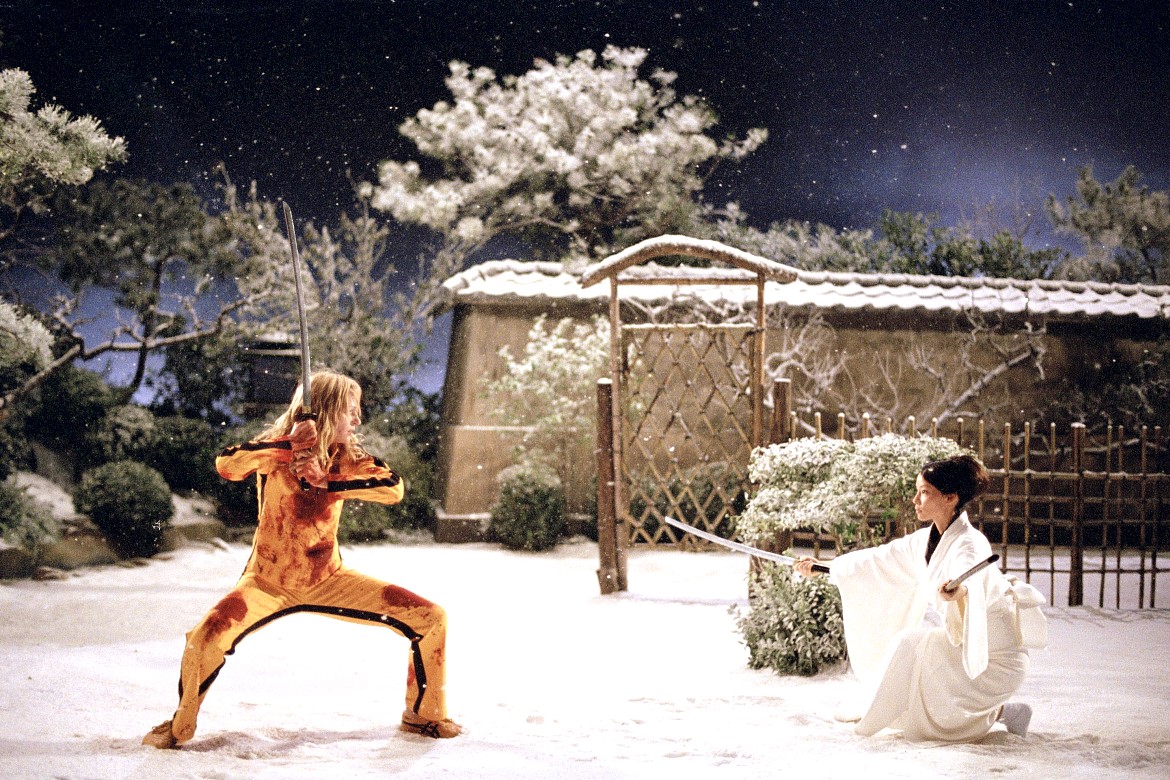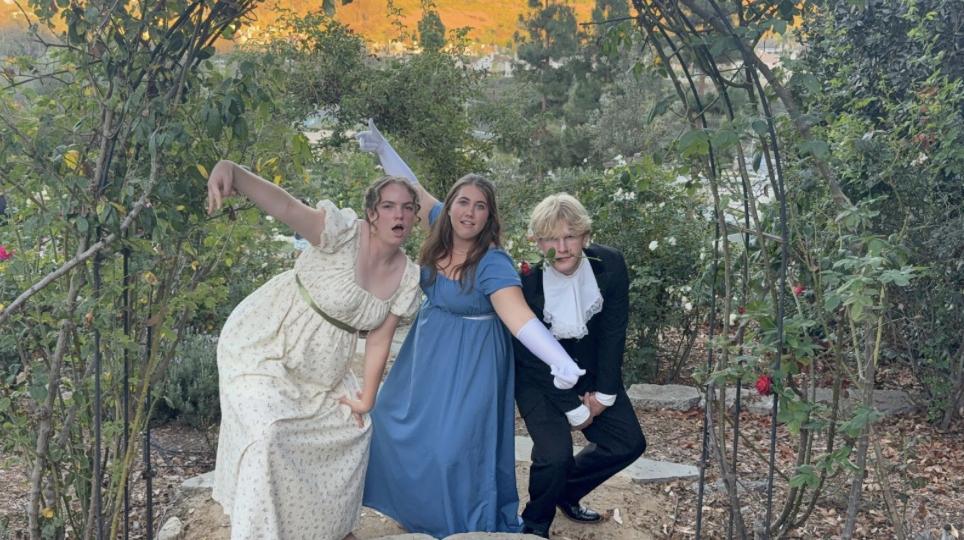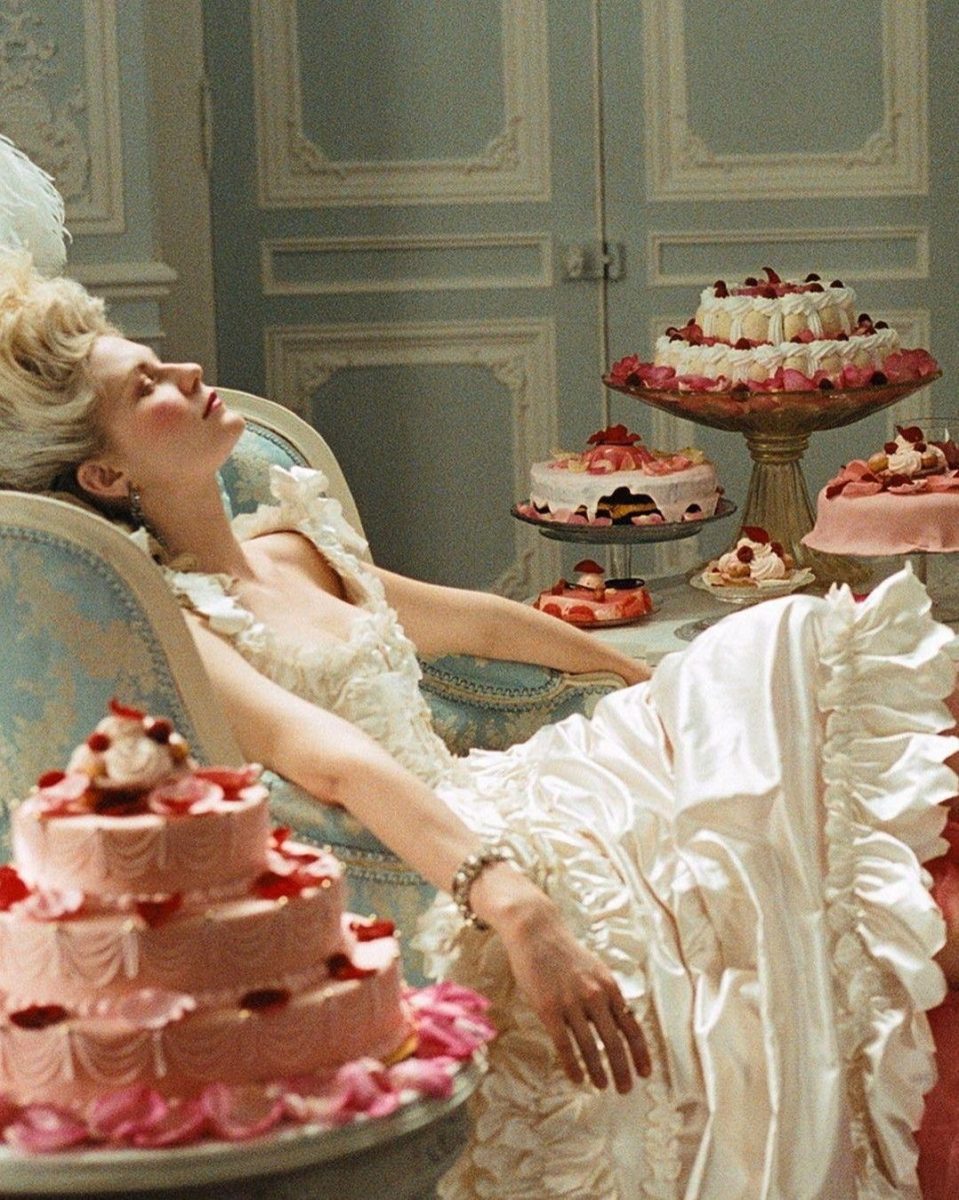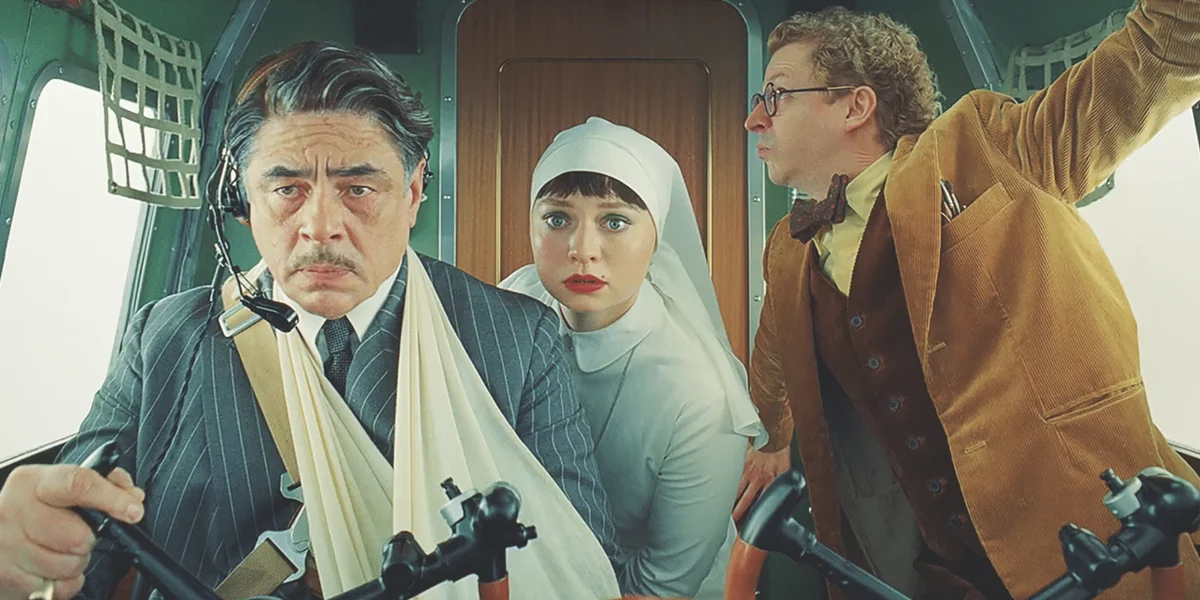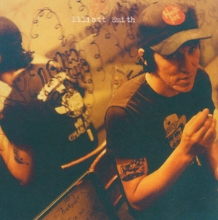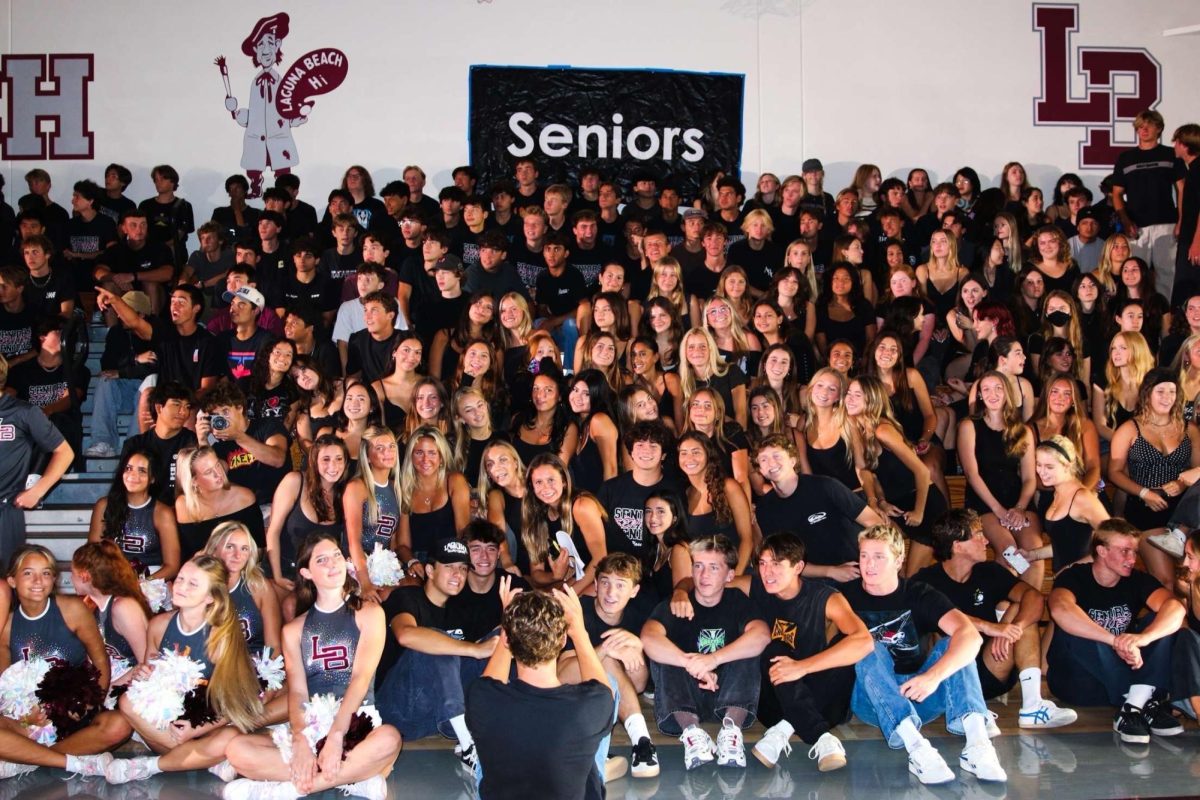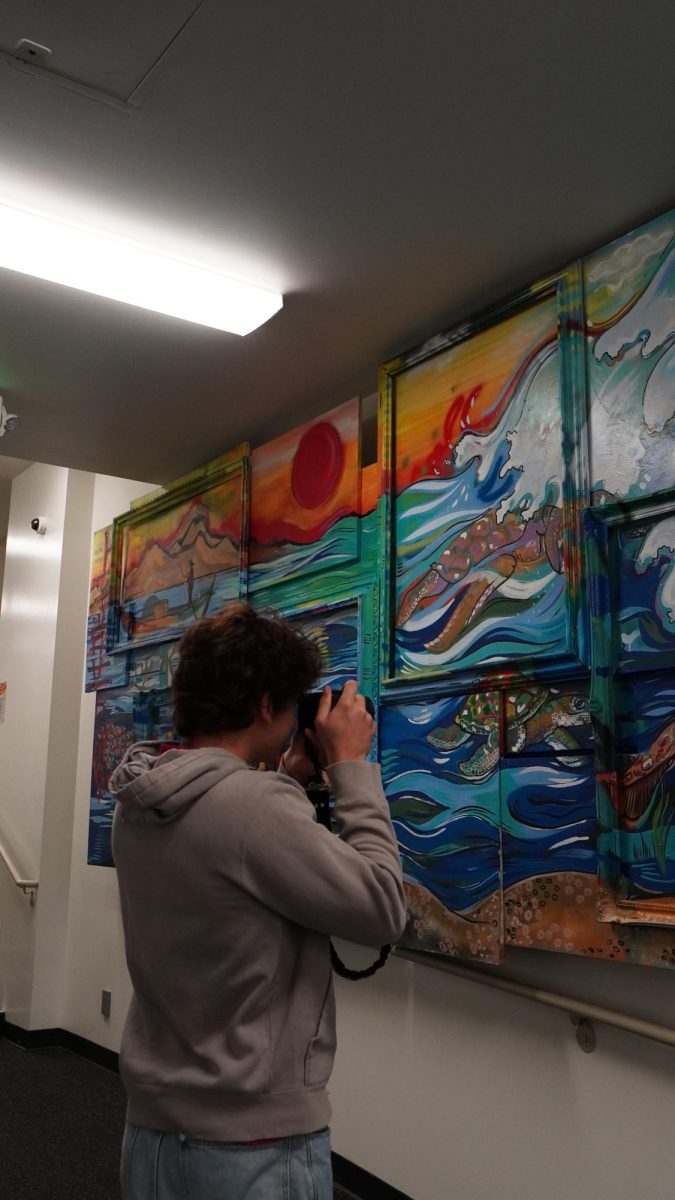Often, movies sacrifice depth for action, putting randomly placed moments of gore here and there to appease the eyes. However, Quentin Tarintino’s Kill Bill perfectly balances the storyline with pure action. The two volumes, a product of a four-hour-plus film split in two, follow the Bride (Uma Thurman) as she seeks revenge against the Deadly Viper Assassination Squad, the hitman group that put her in a four-year coma as they tried to kill her at her wedding rehearsal.
The events in these two partner films are nothing less than a masterpiece, a genre-blending adventure. It’s a samurai showdown, a martial arts epic, a spaghetti western, and even an anime; it feels like Tarantino got a single fever dream and put it on your screen. However, he made it flow. It’s doing too much, but it’s all doing its part to create a brilliant piece of film, and the excessiveness of the movie makes it shine like nothing else.
It is a known fact that Tarantino does not shy away and embraces gore. However, it always feels purposeful and a meaningful part of the plot. Both volumes see different scenes cut up, separated into “chapters.” Each chapter feels distinct, a separate, powerful, standalone piece of cinema that significantly contributes to the master product. I jumped the highest out of my seat during Chapter 9, which takes place during Volume II and is titled “Elle and I.” the action and dialogue are beautiful, and I had to mention this chapter in my Letterbox review. The dialogue and the action between Elle (Daryl Hannah) and the Bride strike you, and the chemistry is apparent and electric. The eye. The mamba. The bathroom. It all works geniusly.
The visuals are beautiful from head to toe, such as in this shot. The cool tones, the color variations, that majestic, unbroken snow – it all works to craft a frame that tells its own story. Pictured above, the snow-covered final act of Volume I brings your attention to the intense fight between O-Ren Ishii (Lucy Liu) and the Bride. The scene’s crispness and the snow’s starkness cause you to concentrate on the Bride’s brilliant yellow tracksuit or O-Ren’s silky white robe. The ensuing blood paints the scene, standing out on the outfits and the snow-packed floor. Tarantino knows how to make a scene an art piece, and his approach with Kill Bill did it on a Picasso-type rhythm.
The soundtrack, too, is a killer weapon, and it’s not just there to fill space. From Nancy Sinatra’s “Bang Bang” playing over the opening credits to Tomoyasu Hotei’s “Battle Without Honor or Humanity” making you feel powerful, every track hits. They each give a new pulse to each scene and elevate those bloody moments to something oddly poetic, even with the gore left and right.
The film is packed with brilliant framing, dialogue, and necessary violence. More than that, Thurman brings a raw, vivid emotion to the role, making every silent moment hit just as hard as the sword swings. She’s magnetic and vicious, and you cannot keep your eyes away from her journey as it unfolds and she grows. She has layers that many main characters don’t have in action films, making you bear the four hours like a champ and think you watched the best five-second TikTok you’ve ever seen after it.
That emotion is evoked in this whole chaotic scenario that Tarantino has thrown you into. Volume II, for me, is what drives us into the Bride’s character as we begin to see her as more than just a straight-up cold-blooded killer: a mother facing grief who just wanted an everyday life with a child, now avenging those who wronged her and ripped that dream from her. David Carradine’s soft-spoken menace as Bill adds depth to the final act—it’s not a showdown, it’s a slow burn. And it’s haunting. Her scenes with Bill are not just entirely violent but confrontational, and you’re forced to sit with them as years of grief come to the surface. By the end, you’re not just watching a revenge flick. You’re watching cinema flex in every direction at once – loud, poetic, and unforgettable.

